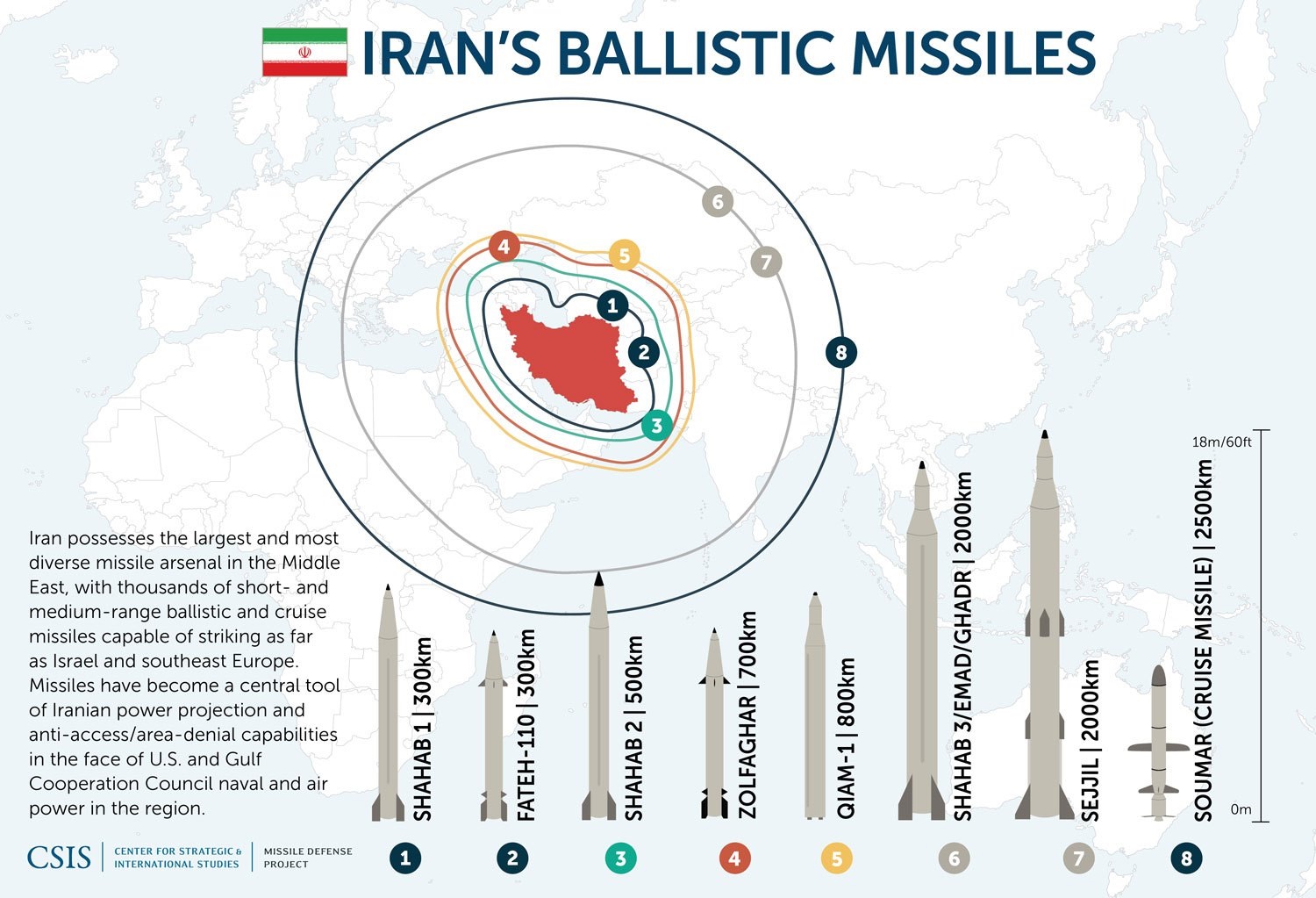Iran’s defense sector has expanded significantly over the years. Despite suffering Western sanctions, it has created a thriving armaments business, becoming competent in making cost-effective ballistic missiles and unmanned aerial vehicles (UAVs). The country’s defense expenditure has been on a downward trend since 2018.
However, the Iranian defense market took a huge hit during the COVID-19 pandemic. Iran’s defense sector arose out of necessity in the 1980s when the United States imposed an arms embargo on the newly established Islamic Republic.
For years, Iranian armaments manufacture was geared toward supplying Iran’s military forces. The country makes its tanks, armored personnel carriers, missiles, submarines, and fighter planes
Since the mid-1990s, Iran’s military-industrial complex has grown rapidly, allowing it to export weapons to 57 countries, including conflict zones, in contravention of UN Security Council resolutions. Iran has increased the rate at which it sells and transfers UAVs to countries around the world, including Ethiopia, Bolivia, Venezuela, and Western Sahara’s Polisario Front.
Most significantly, Iran’s products have proven themselves on the battlefield, whether through Russia’s advantage in the fight against Ukraine or by the use of them by Iranian-backed organizations such as Hezbollah, Yemen’s Houthis, or Shia forces in Iraq.
Major trends
Iran sold approximately $1 billion in weaponry between March 2022 and March 2023, three times more than the previous year. It is actively producing powerful antitank guided missiles, some of which have been deployed in battles in Lebanon and Gaza. Iran is well on its approach to becoming the world’s largest arms exporter, especially as more countries express an interest in purchasing these capabilities.

Iran is thought to have specialized in creating cost-effective ballistic missiles and unmanned aerial vehicles (UAVs). This self-reliance in defense has positioned Iran as a key producer of armaments in the Global South.
Iranian drones cost between $20,000 and $50,000, substantially less than their Russian equivalents, which can cost up to $3 million. The popular Shahed-136 is expected to cost between $20,000 and $40,000 per unit.
Iran’s drones and other military weapons, such as Fateh-110 short-range missiles, are more affordable than its Western adversaries. According to the Stockholm International Peace Research Institute, Iran became the world’s 16th-largest arms supplier in 2022 with $123 million in exports, up from $20 million in 2017, when Iran was the 33rd-largest exporter. Iran’s most recent missiles and guided projectiles use more advanced tandem warheads and guidance systems, making them more destructive against heavily armored vehicles and even low-flying helicopters.
Since 2022, Shaheds have evolved into ‘ersatz cruise missiles’ that enable Moscow to unleash enormous, frequent attacks on energy infrastructure and civilian targets in Ukraine. Iran provides them to Moscow, along with cheaper, slower Shahed ‘kamikaze’ drones, artillery shells, and, allegedly, ballistic missiles. They were sent in exchange for the Kremlin’s international support and far more powerful Russian armament capable of protecting Iran from any Israeli and US attacks.
Data from the credible Stockholm International Peace Research Institute (SIPRI) suggest that Iran provided 10 Qiam-1 short-range ballistic missiles to Houthi rebels in Yemen in 2017. Since 2018, the Popular Mobilization Forces (PMF), a coalition of over 50 militias in Iraq, including Kata’ib Hizballah, are thought to have received short-range ballistic missiles from Tehran, including the Fateh-110 and Zolfaghar missile. Hezbollah is reported to have unguided and short-range rockets as well as more modern long-range missiles capable of striking anywhere in Israel, which Iran mostly provided.
Potential
The Iranian defense market is estimated to increase at a CAGR of 4% over the forecast period. This statistic, together with claims that Iran sold over 2,000 drones to Russia alone, indicates that Tehran profits millions of dollars from these transactions. The shipping segment is projected to be the most important segment in Iran’s defense sector in the future decades. This position has allowed Iran to drastically improve its sales in numerous nations across the world, especially to those to which the West has hardship transferring weapons, such as countries involved in conflicts or civil wars.
The Iranian Navy has an established submarine fleet that includes Russian and Iranian-built submarines. Right now, Iran’s administration is concentrating on developing destroyers and taking numerous initiatives to strengthen its fleet.
However, this dynamic benefits Iran more than just financially because it strengthens the Islamic Republic’s political clout in these countries, generating reliance on the former and its products. In this regard, Iran has substantial advantages over countries such as the United Kingdom, Israel, and the United States, which export similar skills globally.
As demonstrated above, Iran may provide proxy organizations and third-world countries with a wide range of force multipliers designed to boost survival and lethality in asymmetric warfare scenarios, particularly because the majority of these devices are not even covered by UNSCR 2231.
In the future, one might anticipate Iran’s development bureaus to produce automatic antiaircraft and antipersonnel weapons, armed drones, and remote-controlled exploding boats, gradually replacing youthful, martyrdom-seeking zealots.
saptaparna.cbga@gmail.com